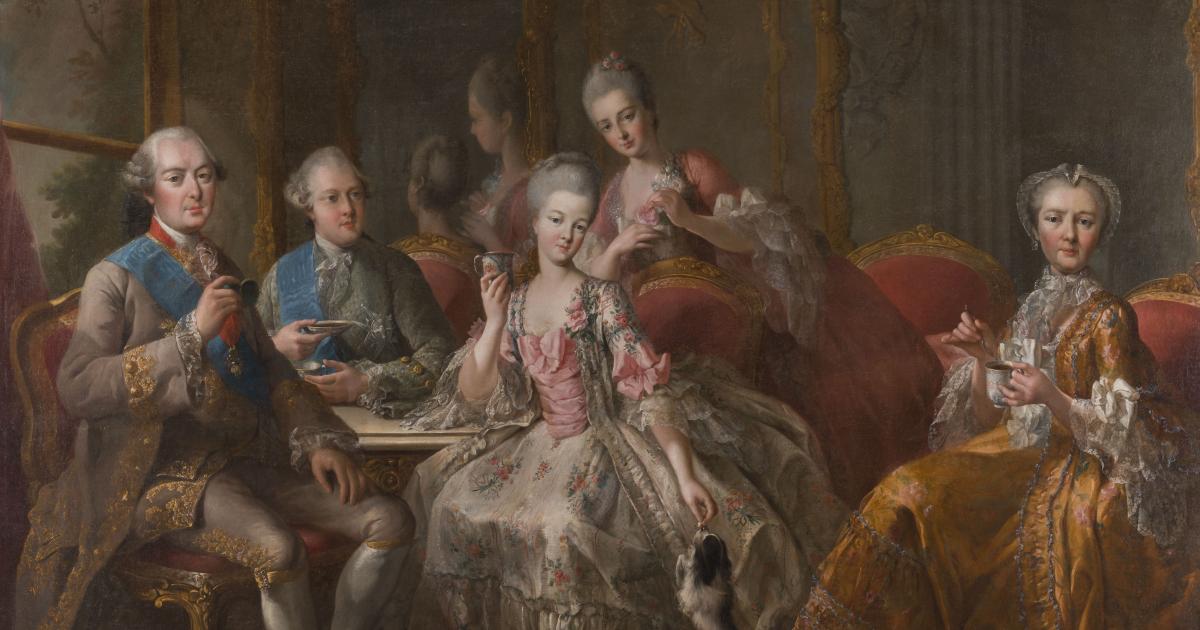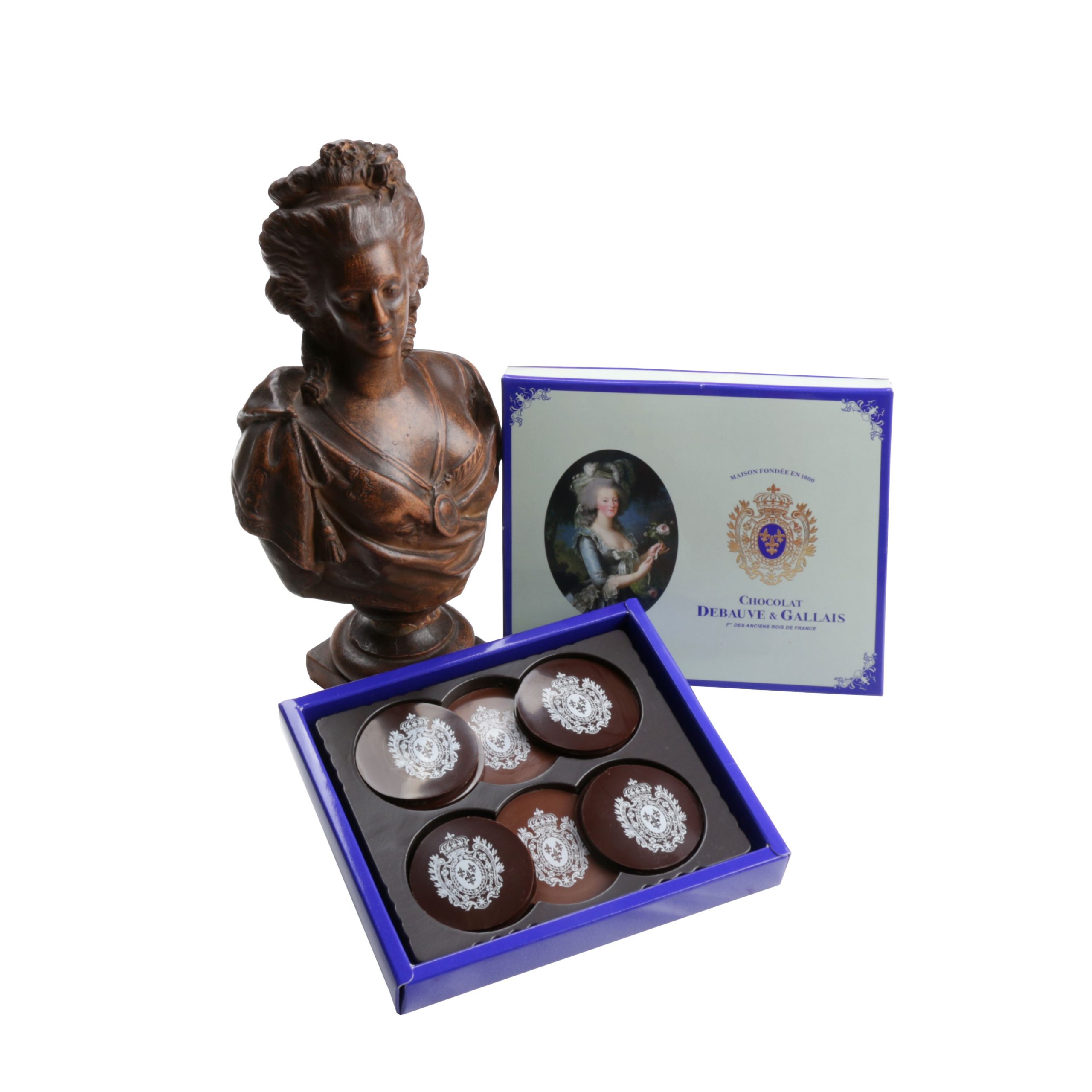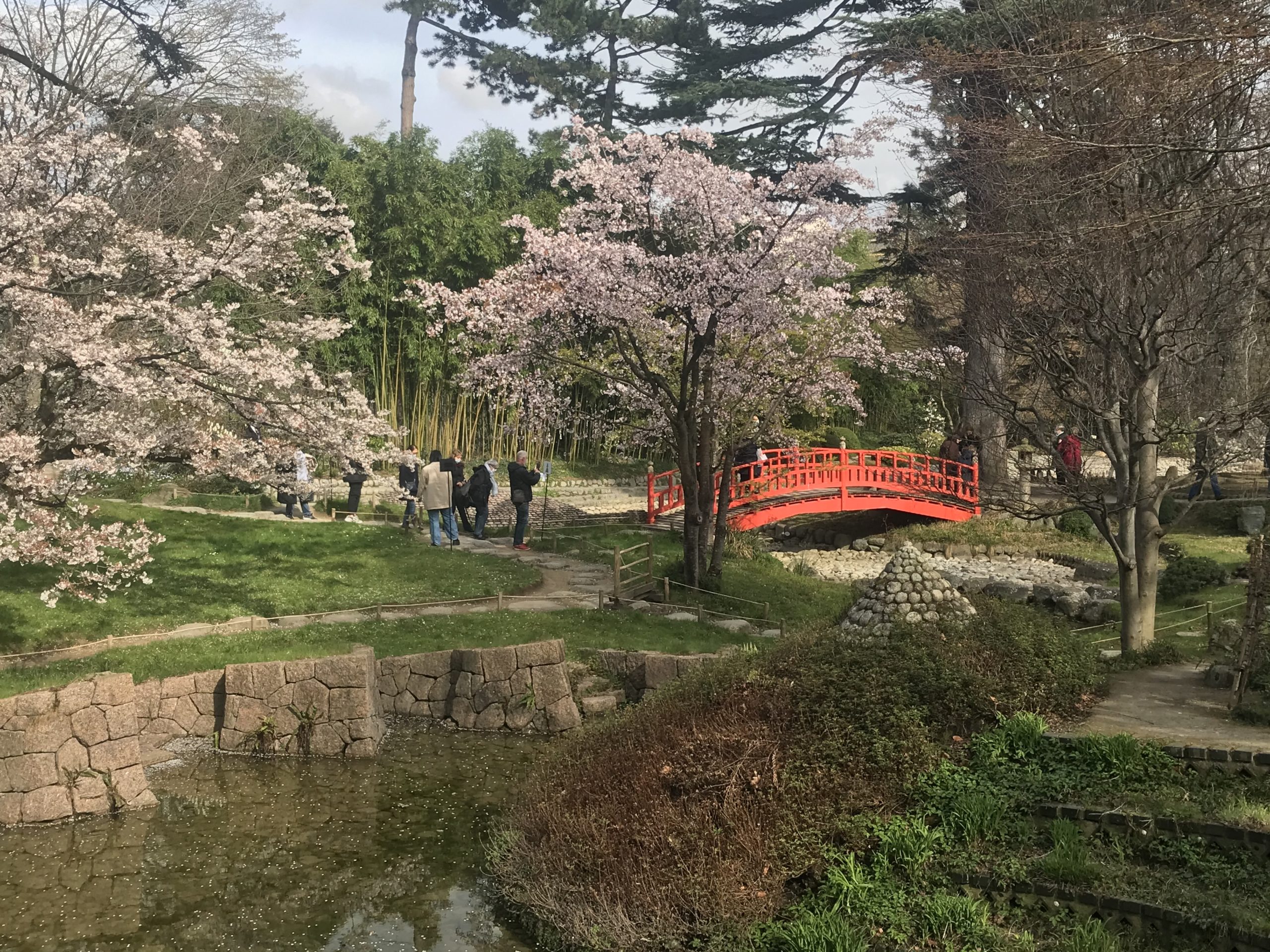https://www.picturesquevoyages.com/wp-content/uploads/2024/09/Screenshot-2024-09-13-at-11.14.23.png
606
830
admin8800
https://www.picturesquevoyages.com/wp-content/uploads/2019/02/picturesquevoyageslogo-300x68-2-300x68.png
admin88002024-09-13 15:52:042024-09-18 14:28:28Surprising Story: Nélie Jacquemart-André and the Chaalis Abbey
https://www.picturesquevoyages.com/wp-content/uploads/2024/03/Mont-Saint-Michel_vu_du_ciel.jpg
1440
2560
admin8800
https://www.picturesquevoyages.com/wp-content/uploads/2019/02/picturesquevoyageslogo-300x68-2-300x68.png
admin88002024-03-25 18:33:102024-06-21 11:30:45Surprising Story: Mont-Saint-Michel and its Bay
https://www.picturesquevoyages.com/wp-content/uploads/2024/03/Rambouillet-grotto-2-scaled.jpg
2560
2384
admin8800
https://www.picturesquevoyages.com/wp-content/uploads/2019/02/picturesquevoyageslogo-300x68-2-300x68.png
admin88002024-03-07 10:00:332024-03-10 16:44:56Surprising Story: Marie-Antoinette's Dairy at Rambouillet
https://www.picturesquevoyages.com/wp-content/uploads/2024/03/1788-portrait-of-the-princess-of-lamballe-by-anton-hickel-at-the-liechtenstein-b51fde.jpg
840
679
admin8800
https://www.picturesquevoyages.com/wp-content/uploads/2019/02/picturesquevoyageslogo-300x68-2-300x68.png
admin88002024-03-07 08:56:142024-03-25 18:01:17Surprising Story: The Princess de Lamballe at Rambouillet
https://www.picturesquevoyages.com/wp-content/uploads/2023/06/865413-siege-et-prise-du-chateau-des-tuileries-le-10-aout-1792.jpeg
762
963
admin8800
https://www.picturesquevoyages.com/wp-content/uploads/2019/02/picturesquevoyageslogo-300x68-2-300x68.png
admin88002023-06-12 15:52:542023-06-19 10:42:52Surprising Stories: Marie Antoinette at the Tuileries 1789-1793
https://www.picturesquevoyages.com/wp-content/uploads/2022/10/Eugénie-visite-Rosa-Bonheur.jpeg
576
758
admin8800
https://www.picturesquevoyages.com/wp-content/uploads/2019/02/picturesquevoyageslogo-300x68-2-300x68.png
admin88002022-10-24 14:04:472022-10-30 18:54:21Surprising Stories: Empress Eugénie & Rosa Bonheur
https://www.picturesquevoyages.com/wp-content/uploads/2022/09/Marie-Antoinettes-Legacy-book-cover.png
392
508
admin8800
https://www.picturesquevoyages.com/wp-content/uploads/2019/02/picturesquevoyageslogo-300x68-2-300x68.png
admin88002022-09-27 14:12:312022-11-27 19:17:13My New Book: Marie-Antoinette’s Legacy
https://www.picturesquevoyages.com/wp-content/uploads/2022/09/MA-cropped.jpg
630
630
admin8800
https://www.picturesquevoyages.com/wp-content/uploads/2019/02/picturesquevoyageslogo-300x68-2-300x68.png
admin88002022-09-19 20:00:062022-09-25 17:30:40Surprising Stories: Let them Eat Cake… or Not
https://www.picturesquevoyages.com/wp-content/uploads/2021/11/mv-7716_006.jpg
630
1200
admin8800
https://www.picturesquevoyages.com/wp-content/uploads/2019/02/picturesquevoyageslogo-300x68-2-300x68.png
admin88002021-11-30 15:54:542021-12-01 11:05:57Surprising Stories: Hot Chocolate fit for Kings and Queens
https://www.picturesquevoyages.com/wp-content/uploads/2021/06/IMG_6948-scaled.jpeg
1920
2560
admin8800
https://www.picturesquevoyages.com/wp-content/uploads/2019/02/picturesquevoyageslogo-300x68-2-300x68.png
admin88002021-06-11 10:14:472021-06-15 11:25:35Surprising Stories: Albert Kahn and his Gardens
Scroll to top



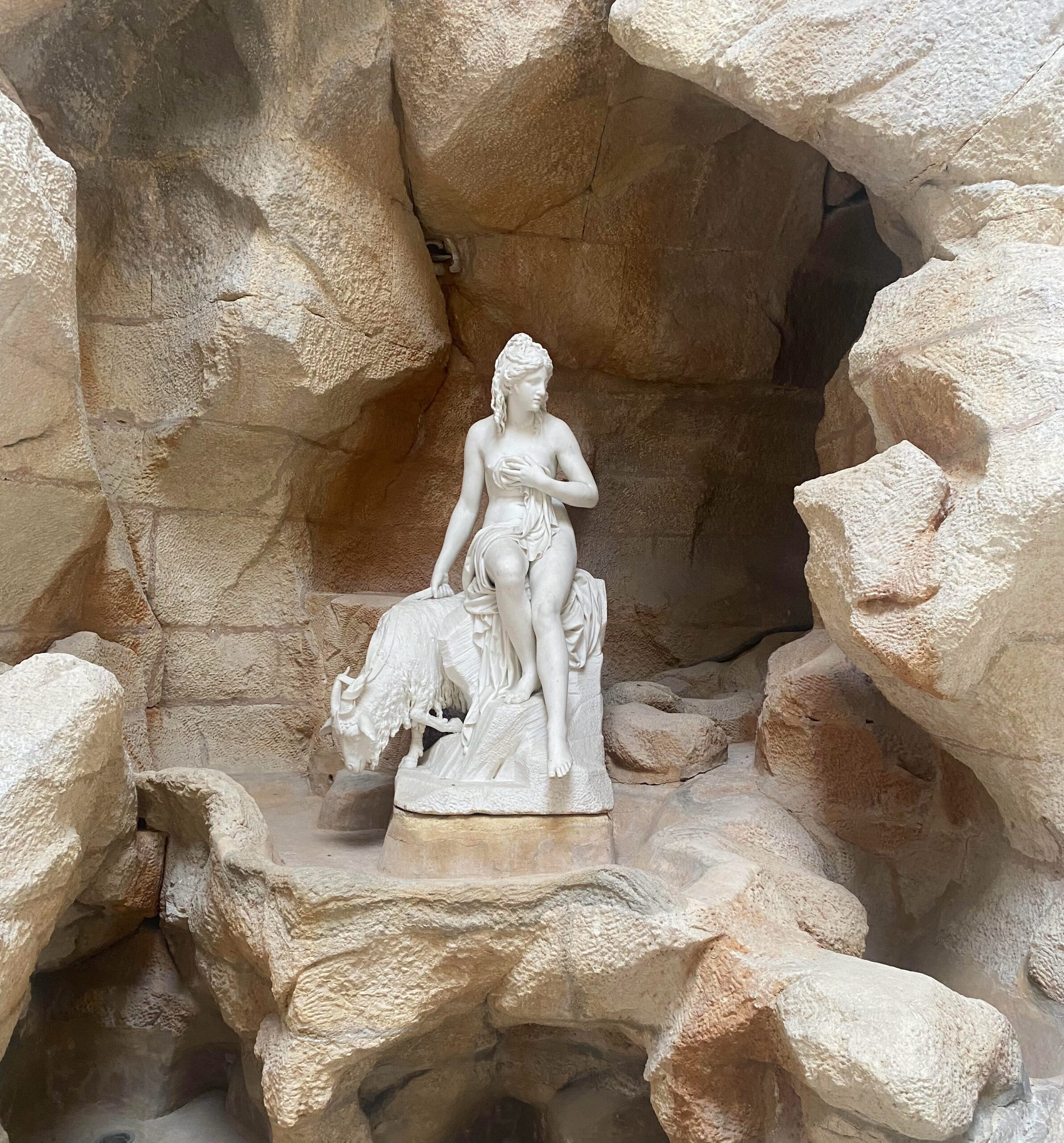
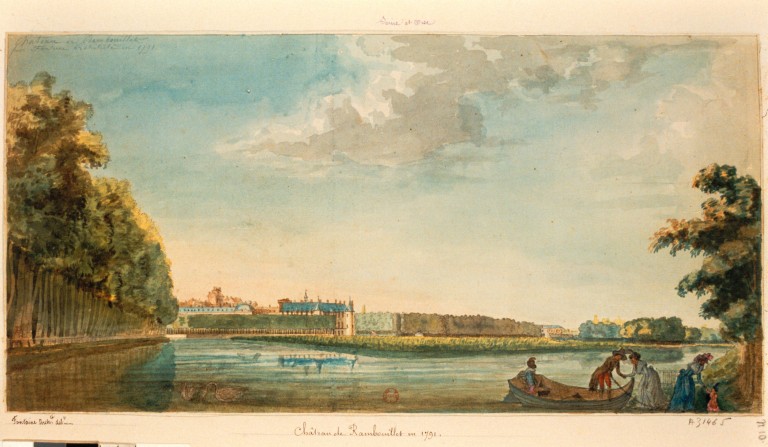

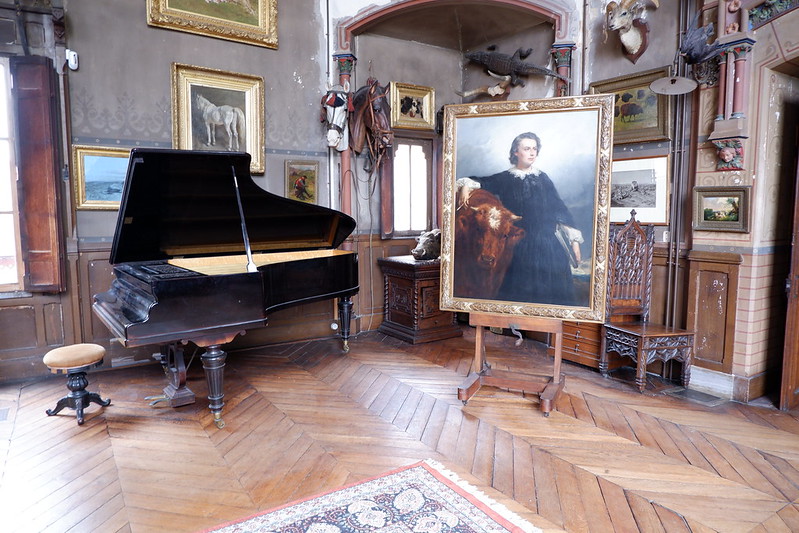
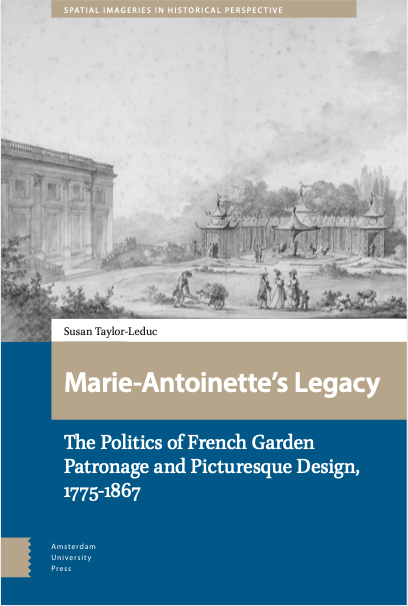
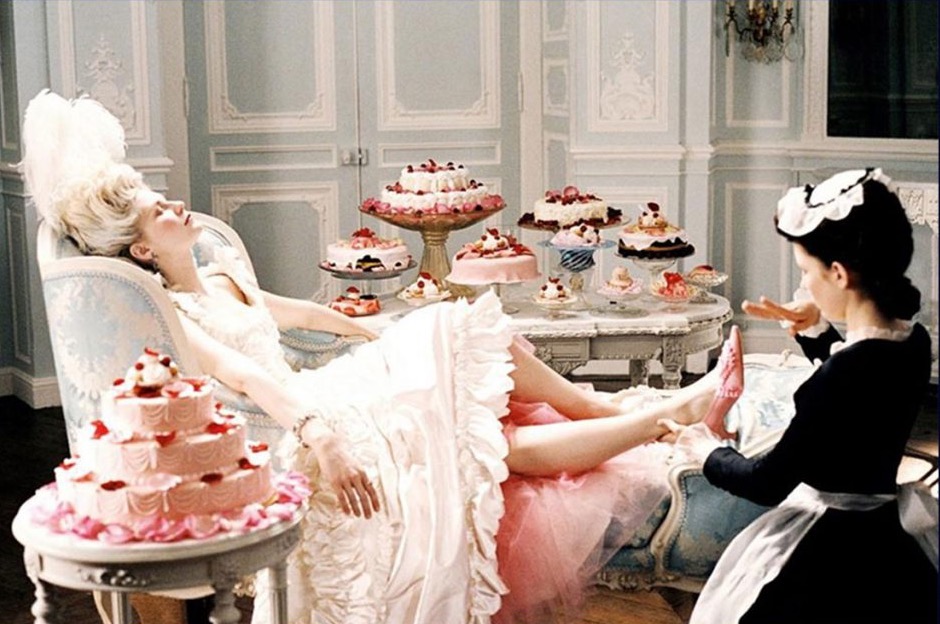 Since Sofia Coppola’s blockbuster movie
Since Sofia Coppola’s blockbuster movie 

